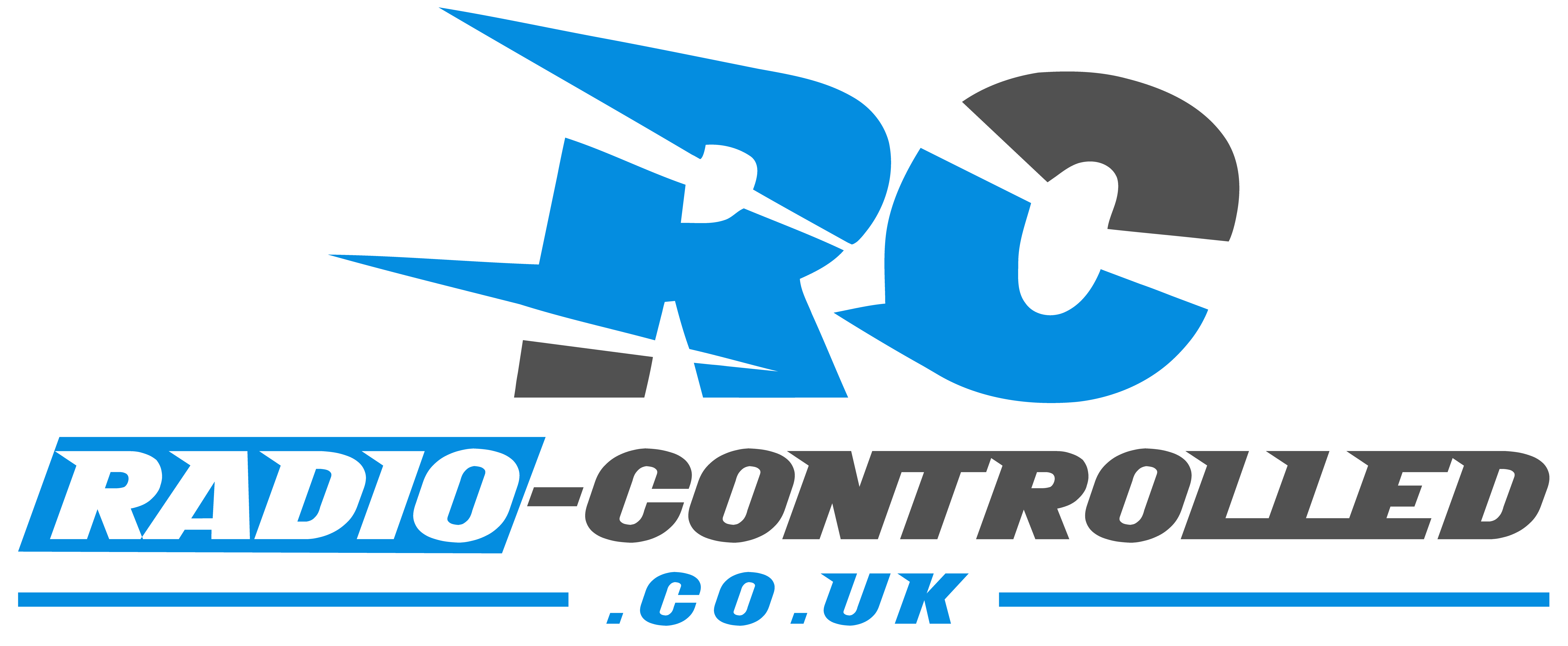Exploring the battle of the batteries: NIHM vs LIPO batteries for RC cars
In the high-octane world of RC cars, one of the fundamental choices enthusiasts face is the selection of the right battery. The debate often boils down to two contenders: Nickel Metal Hydride (NiMH) and Lithium Polymer (LiPo) batteries. Both offer unique advantages and drawbacks, making the decision a crucial one for optimizing performance and longevity. In this guide, we’ll delve into the intricate details of these batteries, deciphering the cryptic numbers and shedding light on their strengths and weaknesses.
Understanding the Basics: NiMH vs. LiPo
NiMH Batteries:
NiMH batteries have long been the stalwarts of the RC community, known for their reliability and affordability. These batteries utilize nickel oxyhydroxide positive electrodes and hydrogen-absorbing negative electrodes. They typically come in a standard cylindrical shape and are rechargeable.
Strengths:
- Robustness: NiMH batteries are known for their durability, making them ideal for beginners and those seeking a hassle-free option.
- Affordability: They are generally cheaper compared to their LiPo counterparts, making them a budget-friendly option.
- Ease of Use: NiMH batteries are user-friendly and do not require special handling or storage procedures.
Weaknesses:
- Weight: They tend to be heavier compared to LiPo batteries, which can impact the overall performance and handling of the RC car.
- Lower Energy Density: NiMH batteries have lower energy density, meaning they offer less power and runtime compared to LiPo batteries.
- Voltage Sag: They are prone to voltage sag, especially as they near depletion, resulting in reduced performance.
LiPo Batteries:
Lithium Polymer batteries have surged in popularity in recent years, thanks to their high energy density and lightweight construction. These batteries use a polymer electrolyte instead of a liquid one, allowing for a more flexible and lightweight design.
Strengths:
- High Energy Density: LiPo batteries offer superior energy density, providing more power and longer runtimes compared to NiMH batteries.
- Lightweight: They are significantly lighter than NiMH batteries, reducing the overall weight of the RC car and enhancing its agility.
- High Discharge Rates: LiPo batteries can deliver high discharge rates, allowing for bursts of power essential for high-performance RC applications.
Weaknesses:
- Safety Concerns: Improper handling or charging of LiPo batteries can lead to safety hazards such as swelling, overheating, or even fire.
- Complexity: LiPo batteries require careful handling, storage, and charging procedures to ensure safety and longevity.
- Cost: They are typically more expensive than NiMH batteries, which can deter budget-conscious enthusiasts.
Deciphering the Numbers:
When shopping for LiPo batteries, you’ll encounter a series of numbers that may seem perplexing at first glance. Let’s break them down:
- 1-6S: This denotes the number of cells in the battery pack. Each cell has a nominal voltage of 3.7 volts, so a 1S battery has a nominal voltage of 3.7 volts, while a 6S battery has a nominal voltage of 22.2 volts. Higher cell count can offer higher speeds, but you’ll need to check if your electronics can handle it.
- 25C: This represents the discharge rate of the battery, measured in multiples of its capacity. In this case, 25C means the battery can discharge at a rate 25 times its capacity. Higher C ratings indicate a higher discharge capability. This means your motors can spin faster with a higher c value and it can achieve more speed making a higher c value a great upgrade. Its often better to do this than increase cell count as its less likely to blow your circuits up.
- mAh: Stands for milliampere-hour, which indicates the capacity of the battery. It represents how much charge the battery can hold and is directly proportional to the runtime of the RC car. Higher mAh ratings mean longer runtimes.
Conclusion:
In the clash between NiMH and LiPo batteries for RC cars, there’s no one-size-fits-all solution. Each type has its own set of strengths and weaknesses, catering to different preferences and performance requirements. While NiMH batteries offer reliability and affordability, LiPo batteries deliver superior power and runtime at the cost of increased complexity and safety concerns. Understanding the nuances of these batteries and decoding the numbers on LiPo packs can empower RC enthusiasts to make informed decisions that optimize the performance and longevity of their beloved machines.
